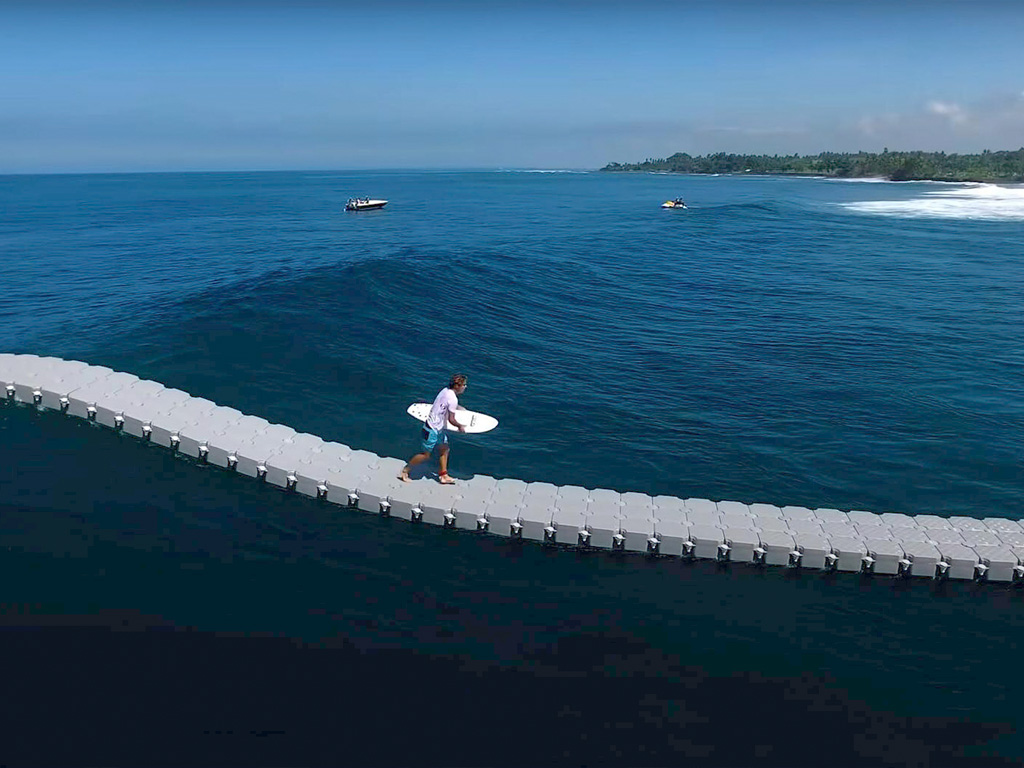
If you're looking for a sturdy and durable option for your dock or marina, what would you consider and pay attention to? The floating dock system has a wide range of applications, It is manufactured of UV-stabilized High-Density Polyethylene. Its surface is clean and resistant to algae growth. Our floating dock for boats can also be placed at the end of a pontoon area or a series of body modules.
What Is A Floating Dock
A floating dock is a modular floating dock system composed of three core components:
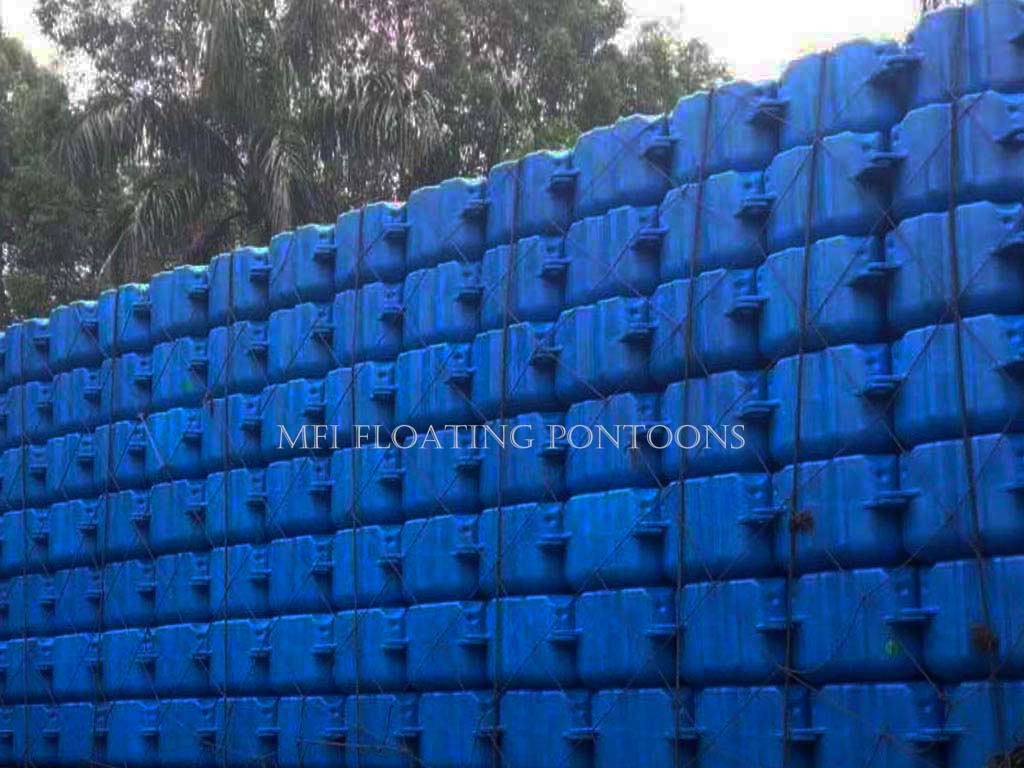
Floating Docks
Made of UV-stabilized High-Density Polyethylene
Algae-resistant surfaces
Available in various sizes and configurations

Connection Systems
Modular design allows easy expansion
Interlocking mechanisms for secure assembly
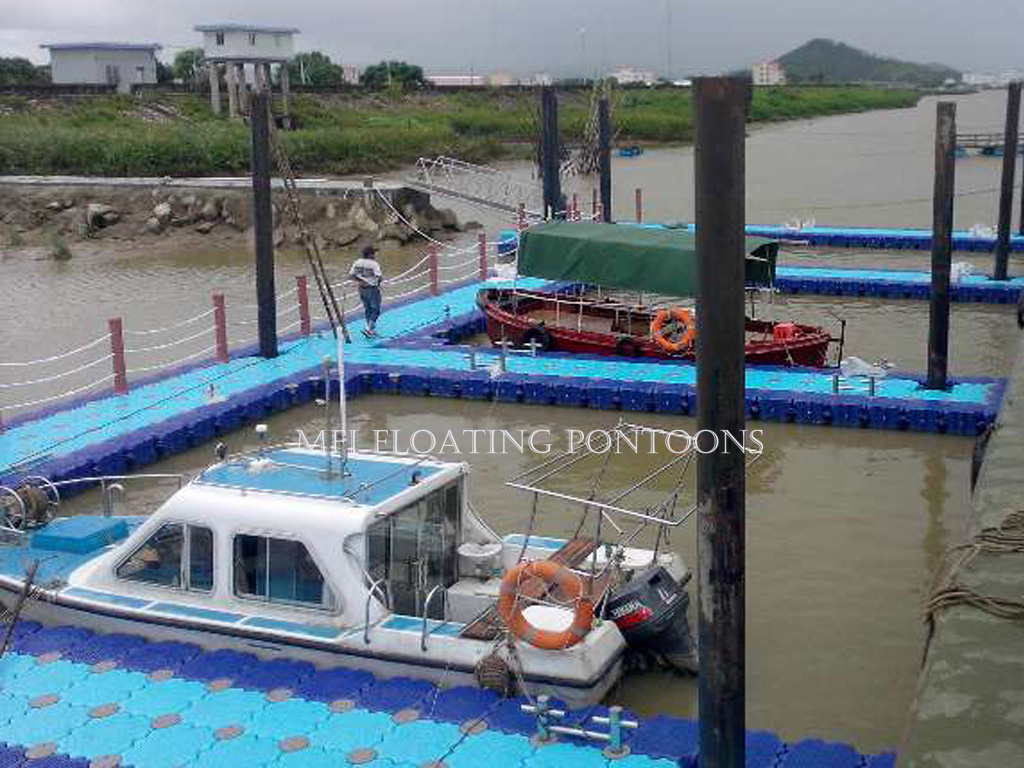
Anchoring Systems
Shore-mounted anchors for lakes/rivers
Weighted systems for deep water/marine applications
How Does a Floating Dock Work?
Different from stationary or fixed docks, the floating docks move up and down with the water level. These platforms are big enough to push away water, allowing the dock system to stay afloat on the surface.
Buoyancy Principle
Floating docks operate on Archimedes' principle, where each HDPE floating dock module displaces water equal to its weight, ensuring stability. The high-density polyethylene (HDPE) construction provides superior buoyancy, supporting both the dock structure and additional loads like boats or pedestrians.
Anchoring Mechanisms
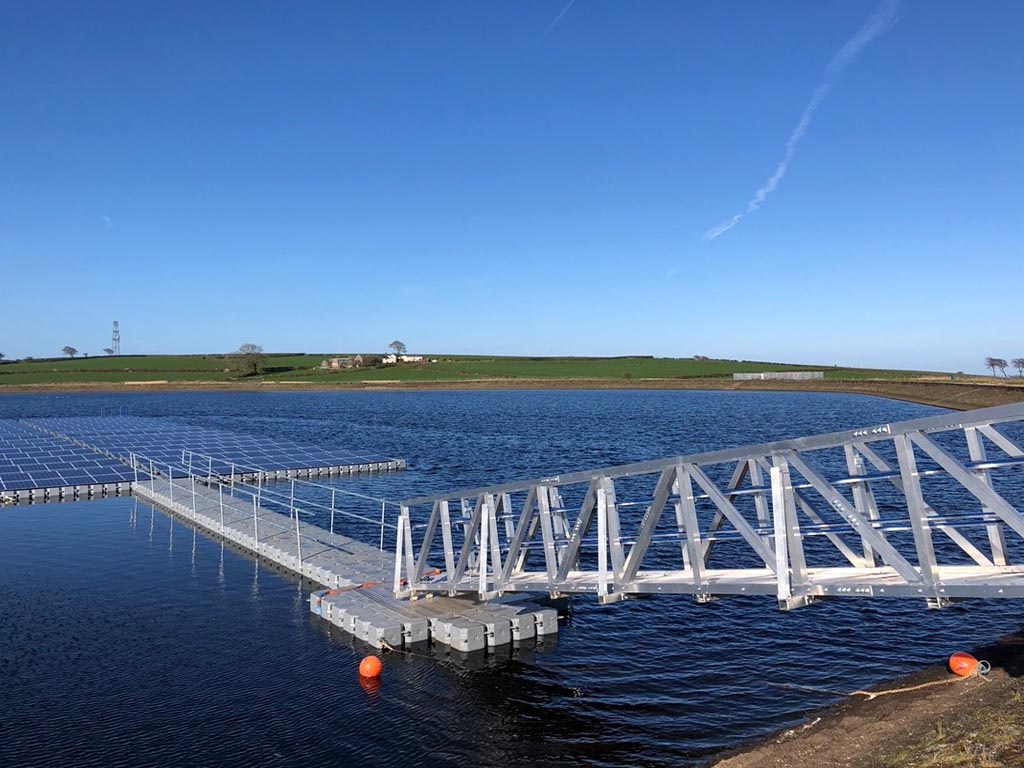
Shoreline Installations
For calm waters, galvanized steel brackets secure docks to shore while allowing vertical movement with changing water levels. Adjustable mounting hardware ensures long-term stability in lakes and rivers.

Deep Water Systems
In open water or tidal zones, concrete anchor blocks or mooring piles provide secure, permanent positioning. These systems prevent drift while accommodating waves and currents.
Floating Docks vs Fixed Docks
| Feature | Floating Docks | Fixed Docks |
|---|---|---|
| Cost | Afordable | Expensive |
| Installation | 1-2 days (modular) | 1-2 weeks (construction) |
| Maintenance | Annual inspection | Seasonal repairs needed |
| Lifespan | 20+ years (HDPE material) | 10-15 years (wood) |
| Best For | Changing water levels | Permanent installations |
When to Choose Floating Docks
Opt for floating docks when:
- Water levels vary (seasonal tides or reservoir fluctuations exceeding 2 feet)
- Temporary setups are needed (event docks, seasonal marinas, or construction access)
- Future expansion is likely (modular designs allow quick resizing)
- Minimal upkeep is preferred (HDPE resists rot, corrosion, and UV damage)
Ideal for lakes, rivers, and coastal areas where traditional docks struggle with instability or high maintenance.
Modular Assembly Process
- Layout Configuration – Plan your dock shape and size based on water depth and usage needs.
- Interlocking Connection – Secure HDPE modules using reinforced pins or bolts for a seamless, stable surface.
- Anchoring Setup – Choose shore-mounted or deep-water anchors based on the environment.
- Explore Modular Dock Systems – Customize your setup with our configurable options.

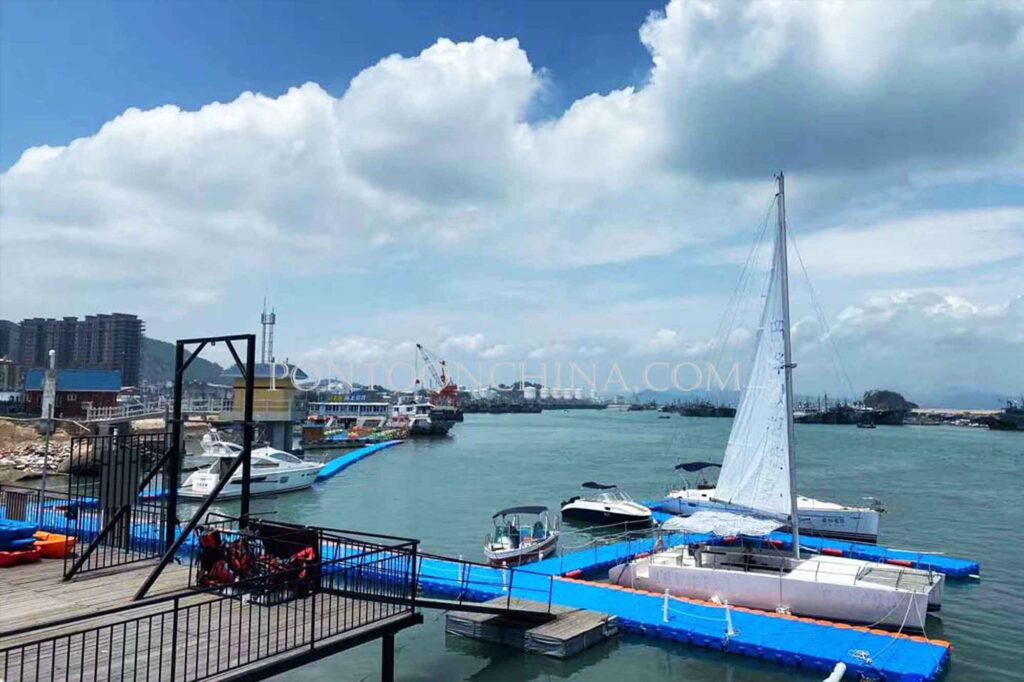
Frequently Asked Questions
1. How much weight can floating docks support?
Our standard modular dock systems support over 350 kg/sqm, with reinforced options for heavier loads.
2. Are they durable and maintenance-free?
"The HDPE material gets durability, economy, and eco-friendliness. The quick and easy install features allow you to construct it into whatever shape and size you need it to be... They have a long lifespan and maintenance maintenance-free and corrosion, oxidation-resistant, and oil-resistant."
3. Are they suitable for saltwater environments?
Yes, our marine-grade floating docks feature:
Anti-corrosion hardware
Saltwater-resistant formulations
UV-stabilized compounds
Contact us for more information
Please use the contact form below to contact our experts for further discussion. We will be very happy to answer any of your questions.


















